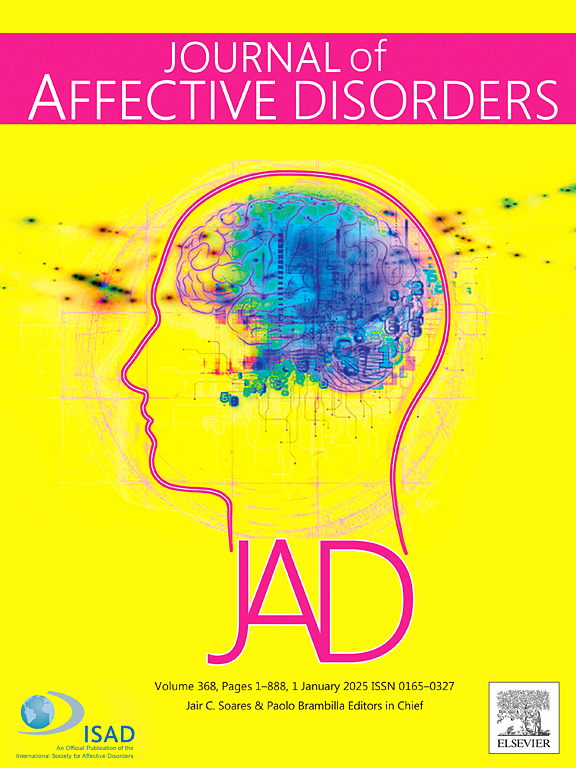Transdiagnostic network alterations and associated neurotransmitter signatures across major psychiatric disorders in adolescents: Evidence from edge-centric analysis of time-varying functional brain networks
IF 4.9
2区 医学
Q1 CLINICAL NEUROLOGY
引用次数: 0
Abstract
Background
Adolescence is a pivotal phase marked by heightened vulnerability to the onset of psychiatric disorders. However, there are few transdiagnostic studies of dynamic brain networks across major psychiatric disorders during this phase.
Methods
We collected resting-state functional MRI data from 189 adolescent patients (61 with bipolar disorder, 73 with major depressive disorder, and 55 with schizophrenia) and 181 healthy adolescents. Functional networks were constructed using a state-of-art edge-centric dynamic functional connectivity (DFC) approach.
Results
Four DFC states were identified for the healthy adolescents that were related to different behavioral and cognitive terms. Disorder-related alterations were observed in two states involving motor and somatosensory processing and one state involving various cognitive functions. Regardless of the state, the three patient groups exhibited lower FC that were mainly involved in edges between different functional subsystems and were predominantly linked to regions in the somatomotor network. The patients with major depressive disorder additionally showed increased FC that were primarily linked to default mode regions. Graph-based network analysis revealed different patterns of disrupted small-world organization and altered nodal degree in the disorders in a state-dependent manner. The nodal degree alterations were correlated with the concentration of various neurotransmitters. Intriguingly, the noradrenaline concentration was engaged in the nodal degree alterations in each patient group. Finally, decreased FC involving regions in the somatomotor network showed significant correlations with clinical variables in the major depressive disorder patients.
Conclusion
These findings may help understand the developmental pathways associated with the heightened vulnerability to major psychiatric disorders during adolescence.
求助全文
约1分钟内获得全文
求助全文
来源期刊

Journal of affective disorders
医学-精神病学
CiteScore
10.90
自引率
6.10%
发文量
1319
审稿时长
9.3 weeks
期刊介绍:
The Journal of Affective Disorders publishes papers concerned with affective disorders in the widest sense: depression, mania, mood spectrum, emotions and personality, anxiety and stress. It is interdisciplinary and aims to bring together different approaches for a diverse readership. Top quality papers will be accepted dealing with any aspect of affective disorders, including neuroimaging, cognitive neurosciences, genetics, molecular biology, experimental and clinical neurosciences, pharmacology, neuroimmunoendocrinology, intervention and treatment trials.
 求助内容:
求助内容: 应助结果提醒方式:
应助结果提醒方式:


